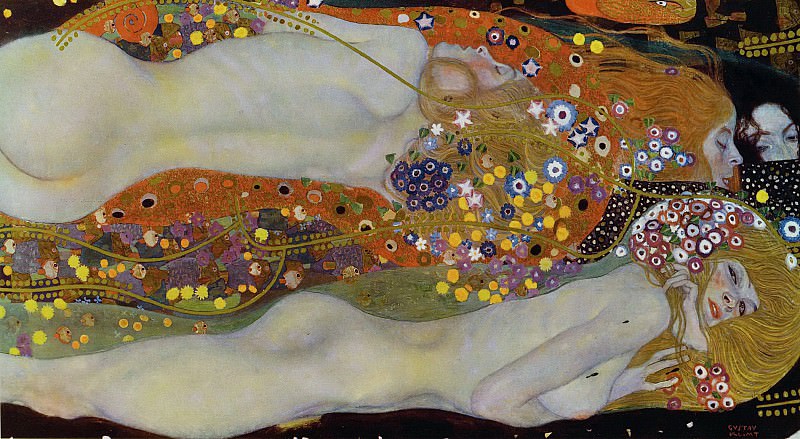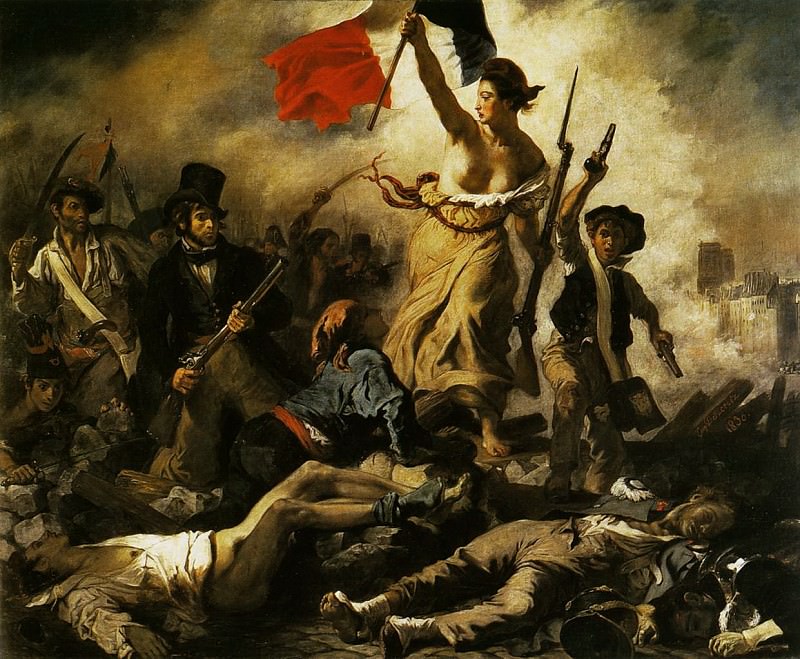Slovenian Art: A Journey Through Creativity and Tradition
Slovenia, a small but culturally rich country in Central Europe, boasts a diverse and vibrant art scene that reflects its complex history, unique traditions, and natural landscapes. From the medieval frescoes in ancient churches to contemporary installations in modern galleries, Slovenian art spans centuries and genres, offering a captivating exploration of the nation's identity.
The Origins of Slovenian Art
The roots of Slovenian art can be traced back to the early Christian period when the first churches were built, adorned with religious frescoes and sculptures. These early works were heavily influenced by Byzantine and Romanesque styles, as Slovenia was part of the Holy Roman Empire during the Middle Ages. The church of St. John the Baptist in Bohinj, for example, features some of the oldest frescoes in Slovenia, dating back to the 13th century. These frescoes depict biblical scenes with a simplicity and directness that reflect the spiritual devotion of the time.
As Slovenia's medieval towns grew, so did the artistic expression within them. The Gothic period brought more elaborate church decorations and the rise of illuminated manuscripts. The influence of the Venetian Republic, particularly in the coastal regions, introduced a more ornate style, with richly detailed altarpieces and intricate stone carvings. This period also saw the emergence of folk art, with local craftsmen creating decorative items for both religious and everyday use.
Renaissance and Baroque Influences
The Renaissance period in Slovenia was marked by the introduction of humanism and a greater emphasis on individual expression. Artists began to explore themes beyond the strictly religious, incorporating elements of mythology, nature, and portraiture. The influence of Italian Renaissance masters was evident, particularly in the work of painters such as Jurij Dalmatin and the sculptor Francesco Robba. Robba, an Italian-born artist, became one of the most prominent figures in Slovenian Baroque art, known for his dramatic sculptures and fountains, the most famous being the Robba Fountain in Ljubljana.
The Baroque period brought a flourishing of art and architecture, particularly in the capital, Ljubljana. Churches, monasteries, and palaces were adorned with elaborate frescoes, stucco decorations, and altarpieces that showcased the grandeur of the Catholic Counter-Reformation. The work of the Italian painter Giulio Quaglio, who decorated the Ljubljana Cathedral, is a prime example of the opulent and theatrical style that characterized Slovenian Baroque art.
The 19th Century: National Awakening and Romanticism
The 19th century was a period of significant change in Slovenia, as the country experienced a national awakening that was reflected in its art. The Romantic movement, with its emphasis on emotion, nature, and national identity, resonated deeply with Slovenian artists. This period saw the rise of landscape painting, with artists like Marko Pernhart and Jurij Šubic capturing the dramatic beauty of the Slovenian countryside. Their work celebrated the country's natural landscapes, from the towering peaks of the Julian Alps to the serene shores of Lake Bled.
At the same time, the national revival inspired a renewed interest in folk art and traditions. Artists began to incorporate traditional Slovenian motifs, costumes, and folklore into their work, creating a sense of cultural pride and identity. This period also saw the establishment of the first art schools and institutions in Slovenia, laying the foundation for the development of a professional art scene.
20th Century: Modernism and Avant-Garde Movements
The 20th century brought significant changes to Slovenian art, as artists began to experiment with new styles and techniques influenced by European modernism. The early 20th century saw the emergence of the Slovenian Secession movement, part of the broader Viennese Secession, which sought to break away from traditional artistic conventions. Artists like Rihard Jakopič, Ivan Grohar, and Matija Jama were central figures in this movement, known for their vibrant landscapes and symbolic use of color and light.
The interwar period was marked by a diversity of artistic expression, with influences ranging from Expressionism to Constructivism. The Ljubljana School of Graphics, founded in 1945, played a crucial role in the development of printmaking and graphic design in Slovenia. Artists like Božidar Jakac and Tone Kralj explored themes of social realism, national identity, and the human condition through their work.
After World War II, Slovenia became part of socialist Yugoslavia, and art was influenced by the state's promotion of socialist realism. However, Slovenian artists also found ways to express themselves through more abstract and conceptual forms. The 1960s and 1970s saw the rise of the avant-garde movement, with artists like Marko Pogačnik and the OHO group challenging traditional artistic norms and exploring new media, including performance art, installations, and conceptual art.
Contemporary Slovenian Art
Today, Slovenian art is characterized by its diversity and dynamism, with artists exploring a wide range of themes and mediums. Contemporary Slovenian artists are known for their innovative approaches to traditional forms, as well as their engagement with global issues such as environmentalism, social justice, and technology. The country's art scene is supported by a vibrant network of galleries, museums, and cultural institutions, including the Museum of Modern Art in Ljubljana and the International Centre of Graphic Arts.
One of the most prominent contemporary Slovenian artists is Marjetica Potrč, known for her socially engaged installations and architectural interventions. Her work addresses issues of urbanism, ecology, and community, often involving collaboration with local residents in the creation of site-specific projects. Another significant figure is Tadej Pogačar, whose work explores the intersections of art, activism, and social commentary. His projects often take the form of participatory art, involving public engagement and dialogue.
The Slovenian art scene also includes a thriving community of photographers, video artists, and digital media artists. Photographers like Klavdij Sluban and Borut Peterlin have gained international recognition for their powerful visual narratives, while video artists such as Jasmina Cibic and Nika Autor explore themes of history, memory, and identity through their work.
The Future of Slovenian Art
As Slovenia continues to navigate the complexities of the 21st century, its art scene remains a vital and evolving reflection of the nation's identity. The country's rich artistic heritage, combined with its openness to new ideas and influences, ensures that Slovenian art will continue to thrive and inspire future generations.
Slovenian art is a testament to the country's resilience, creativity, and deep connection to its cultural roots. Whether through the ancient frescoes of medieval churches, the vibrant landscapes of the Romantic period, or the bold experiments of contemporary artists, Slovenian art offers a unique and compelling window into the soul of this small but remarkable nation. As Slovenia moves forward, its artists will undoubtedly continue to push boundaries, explore new horizons, and contribute to the global artistic dialogue.




